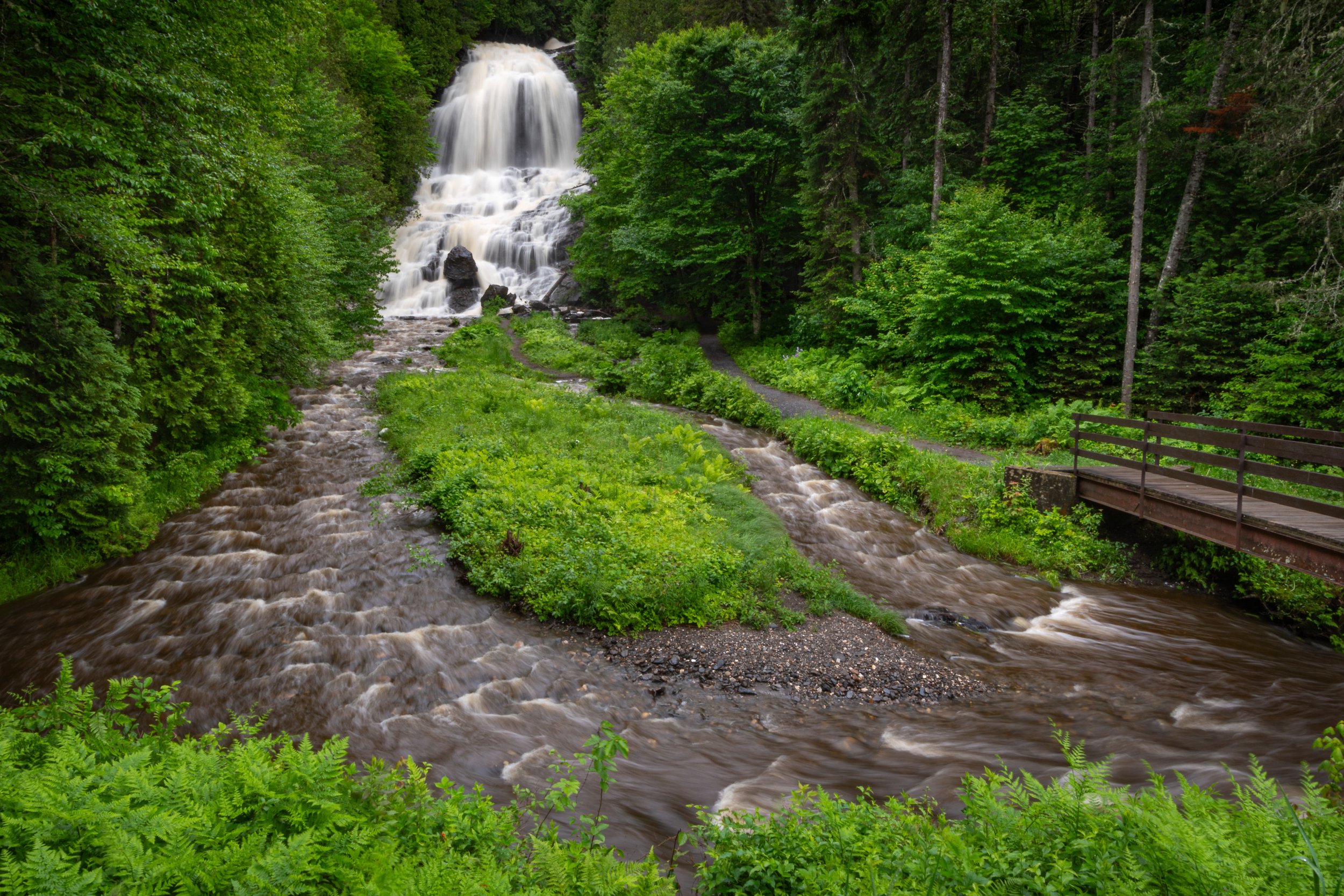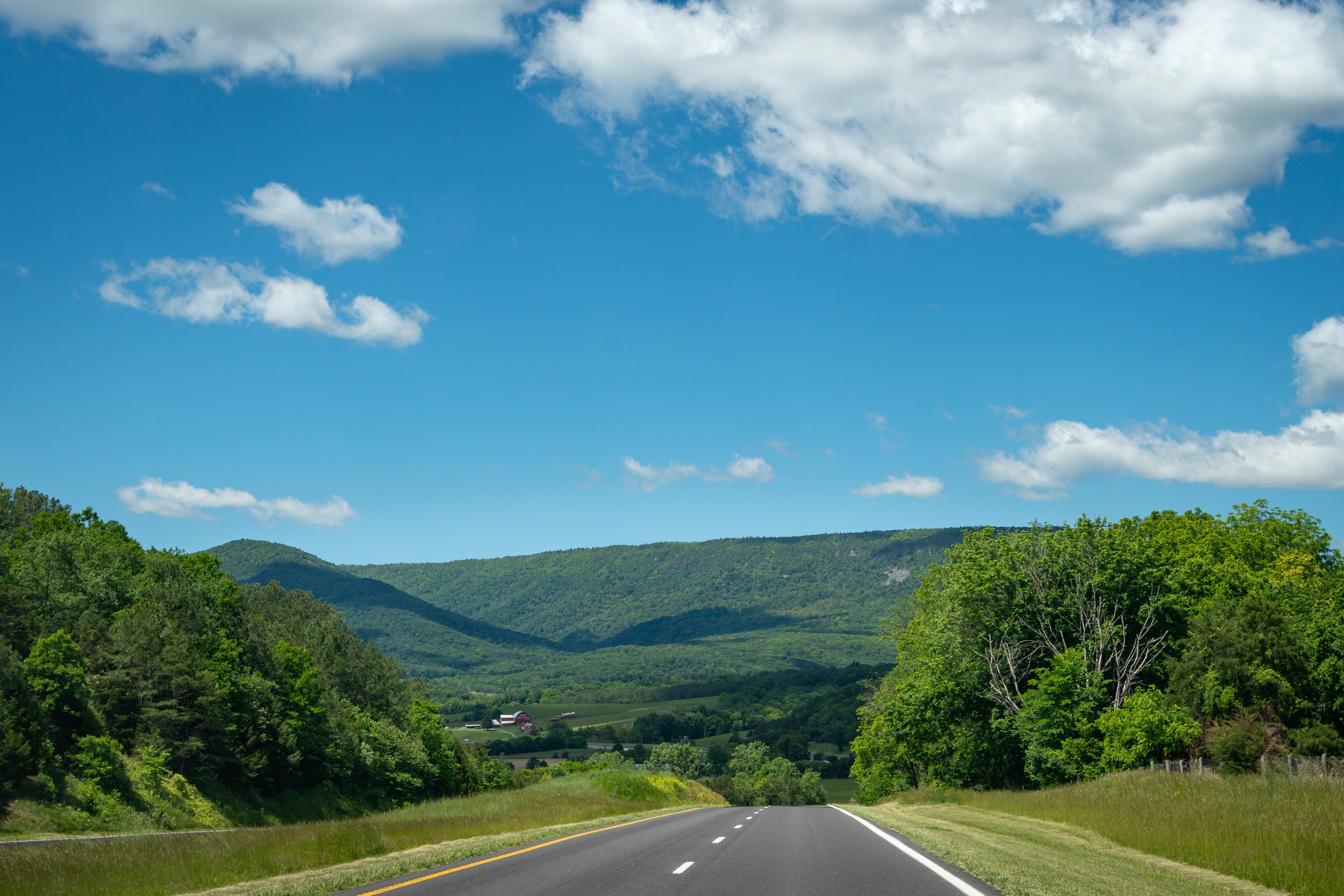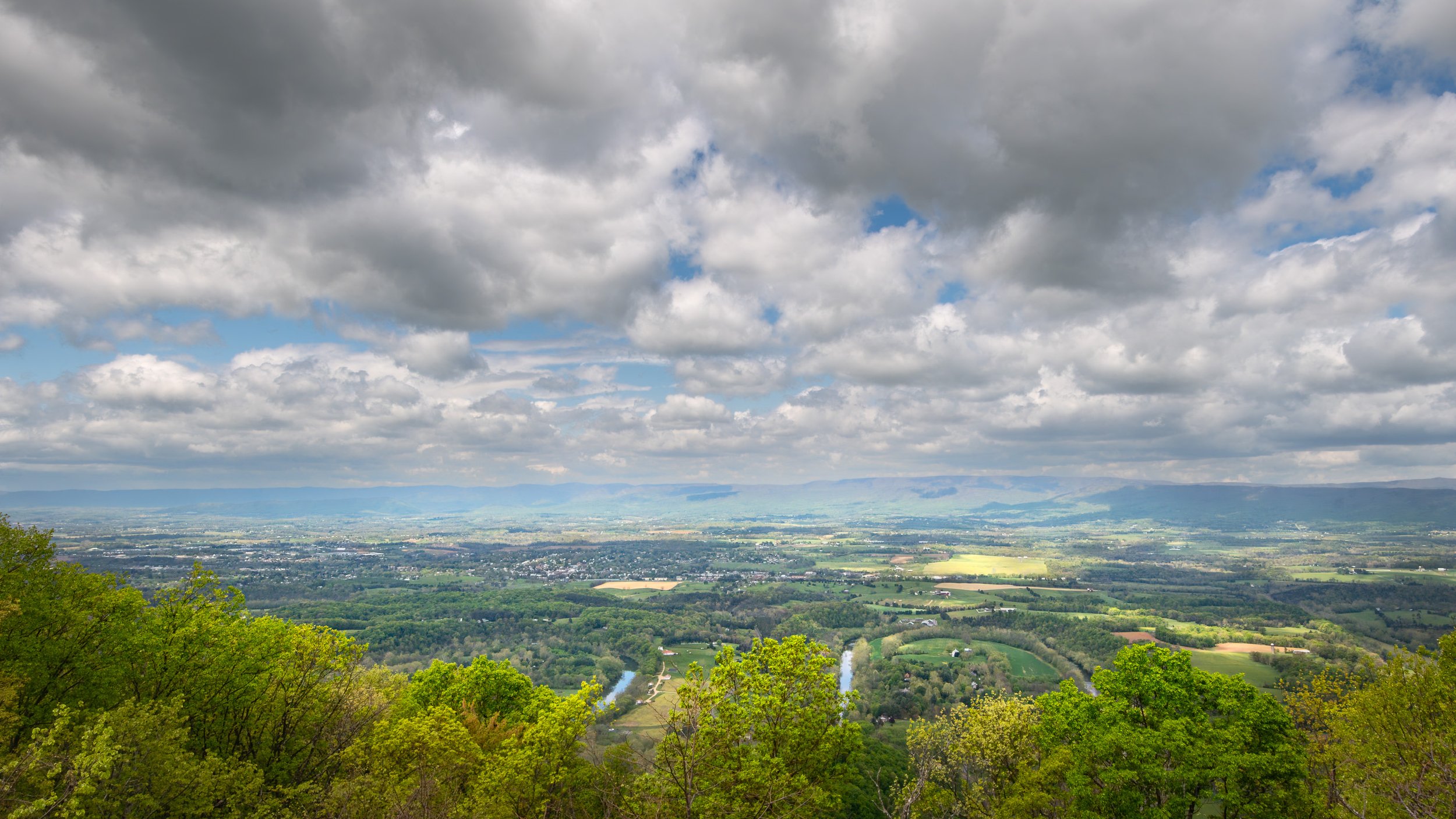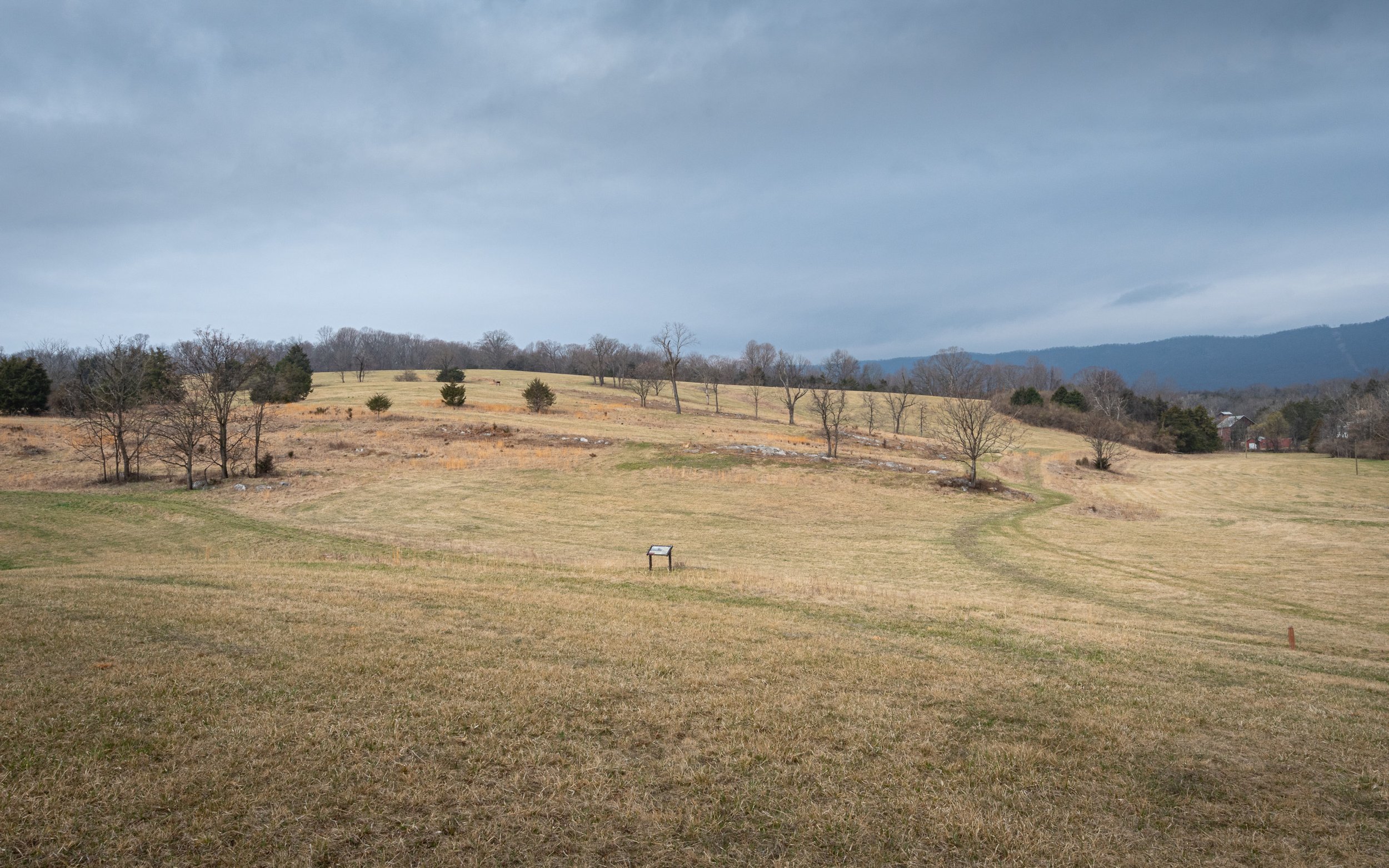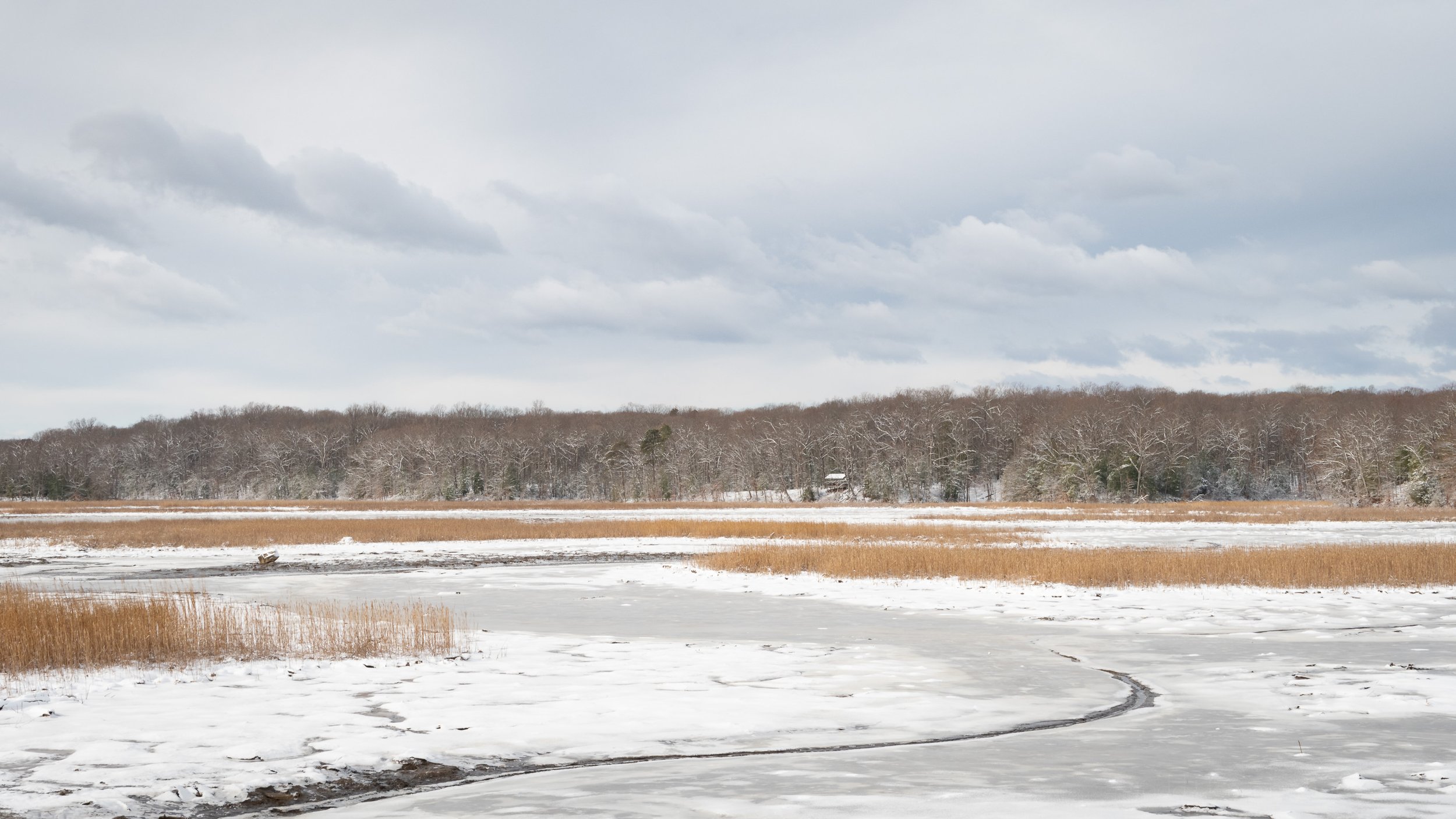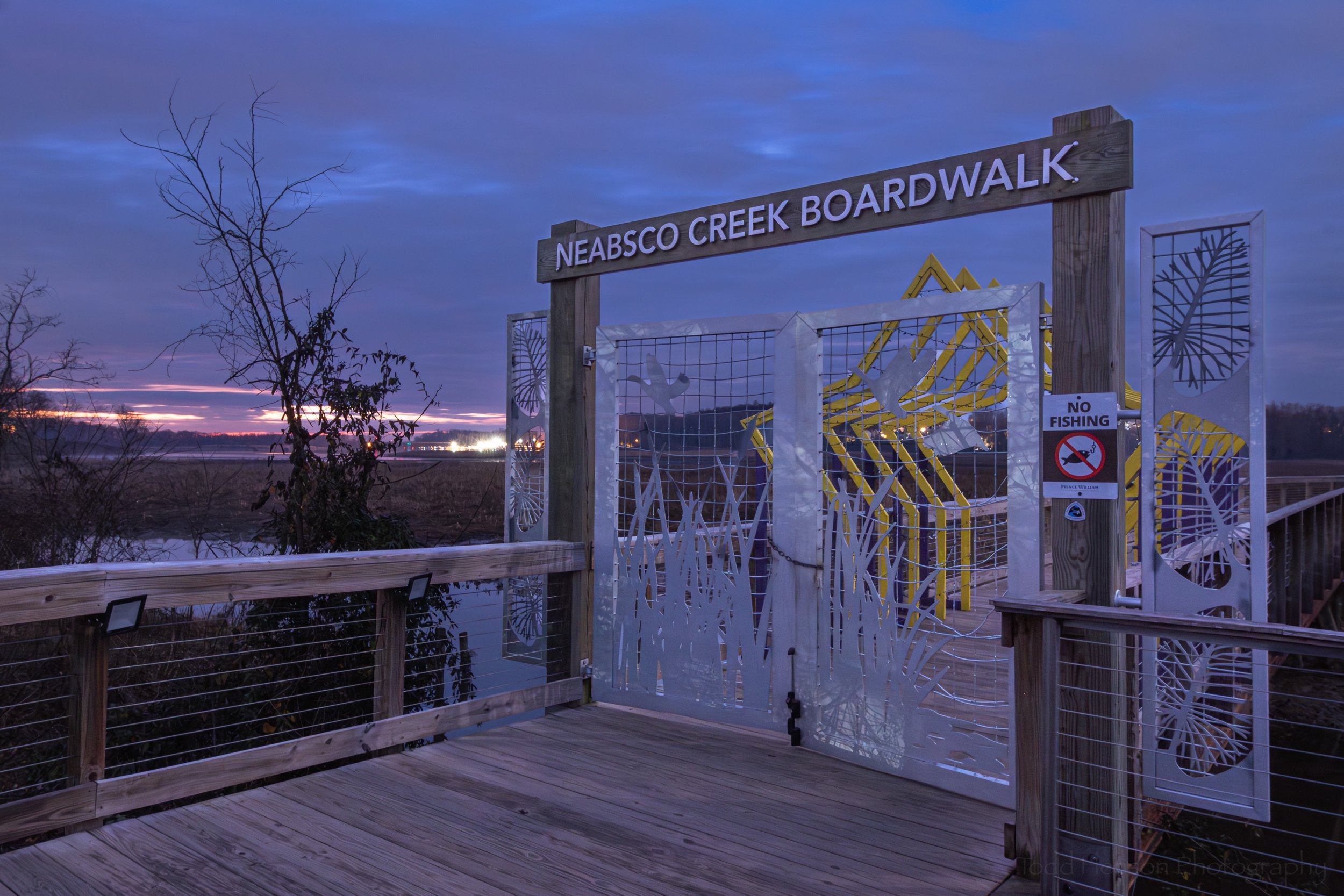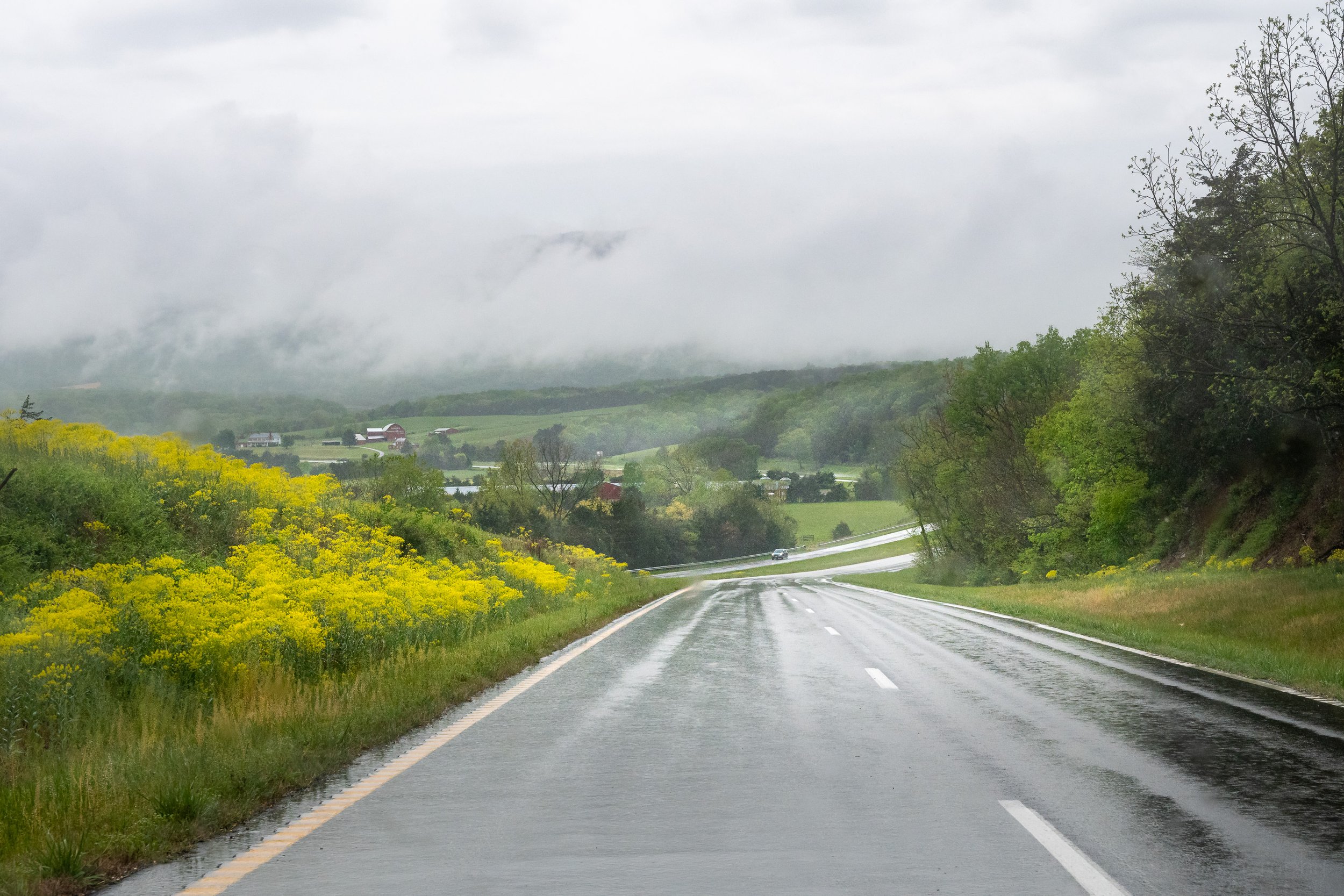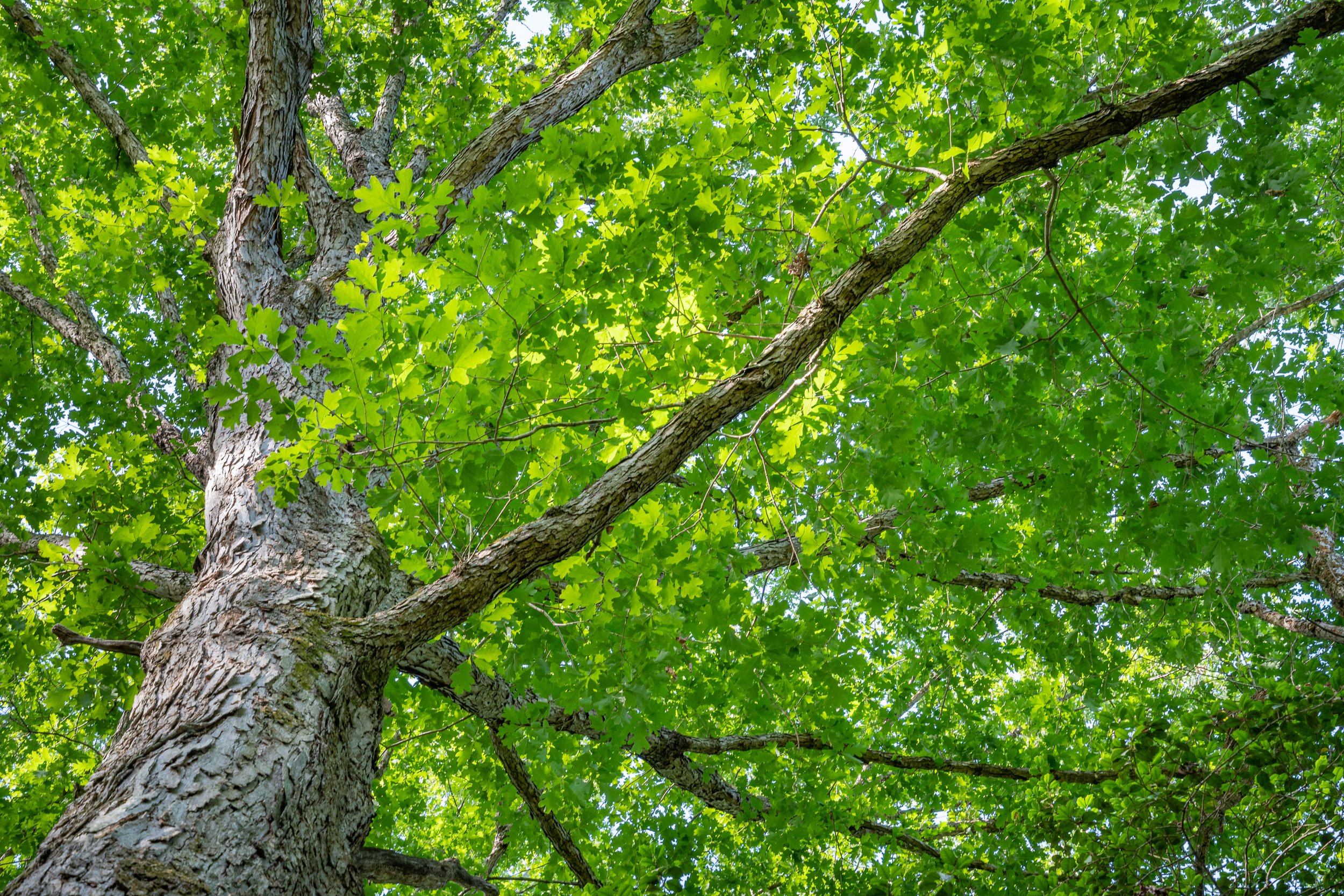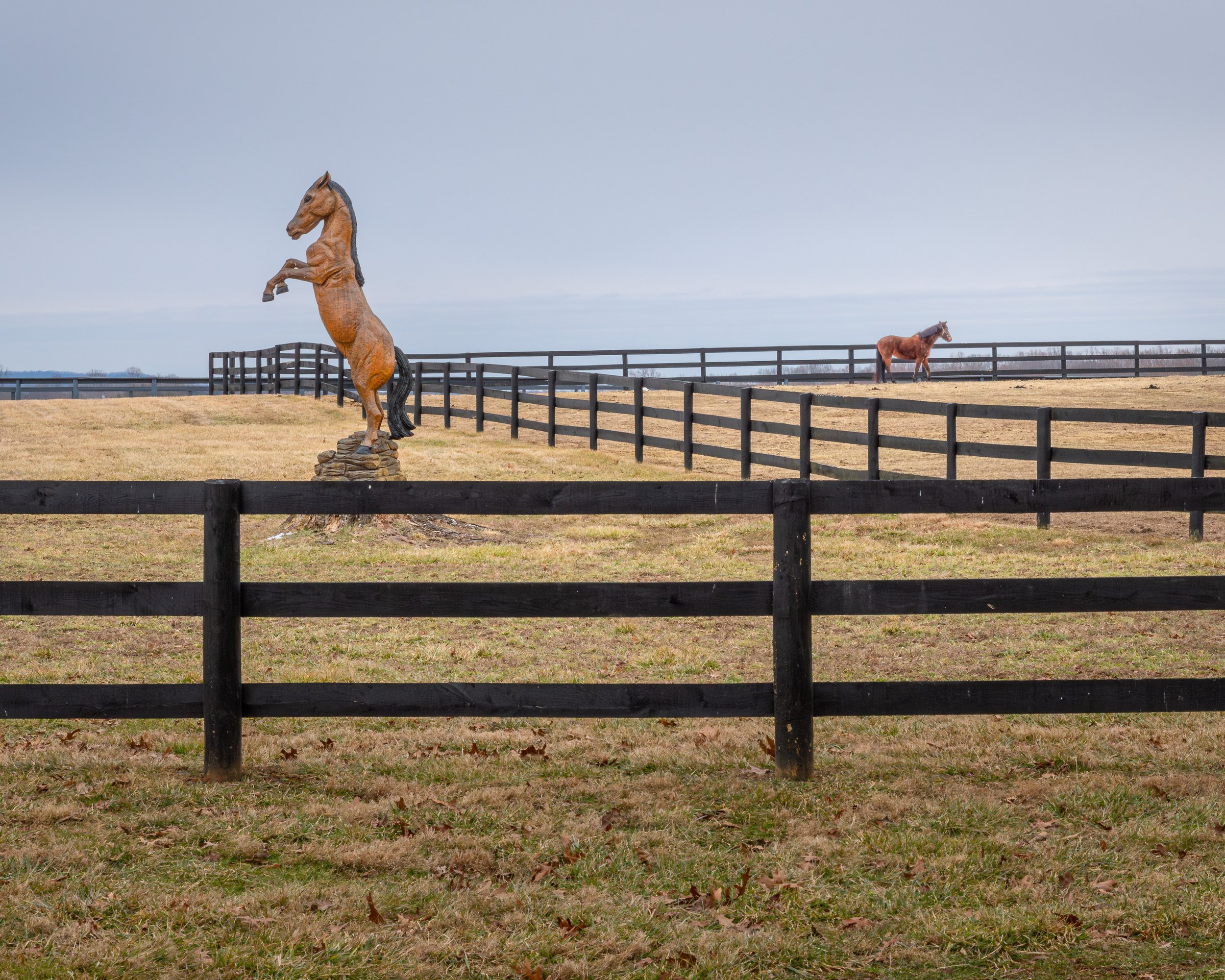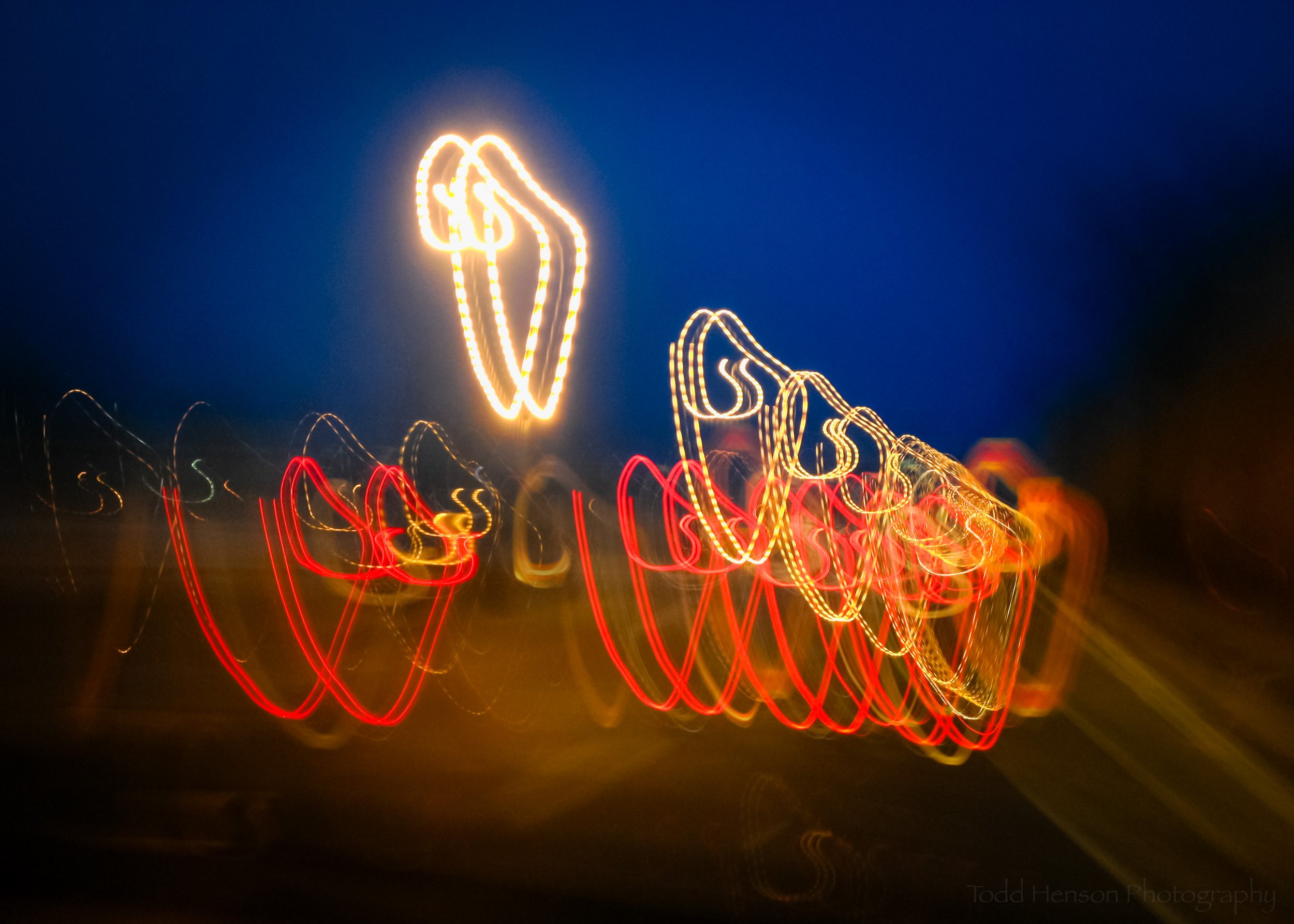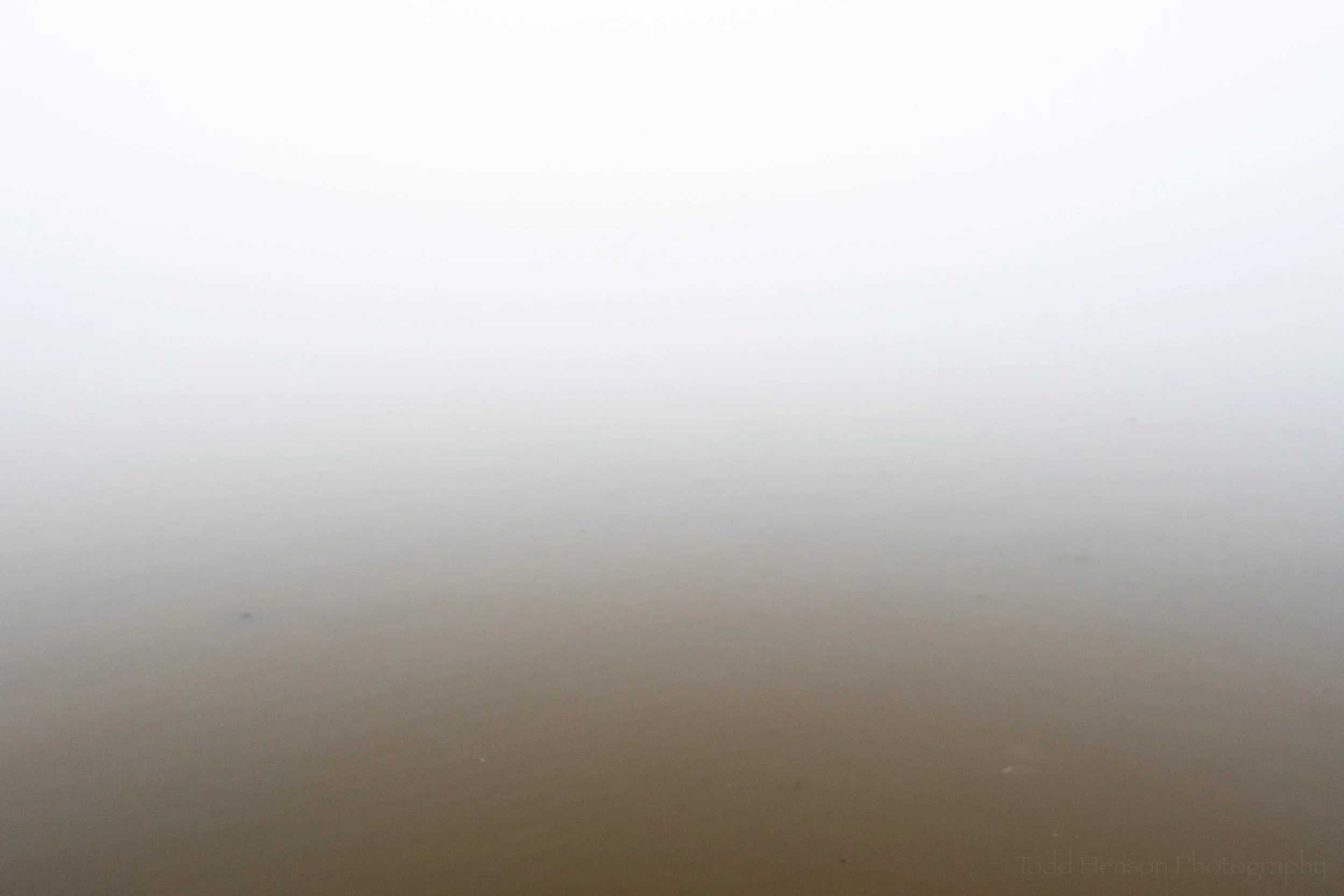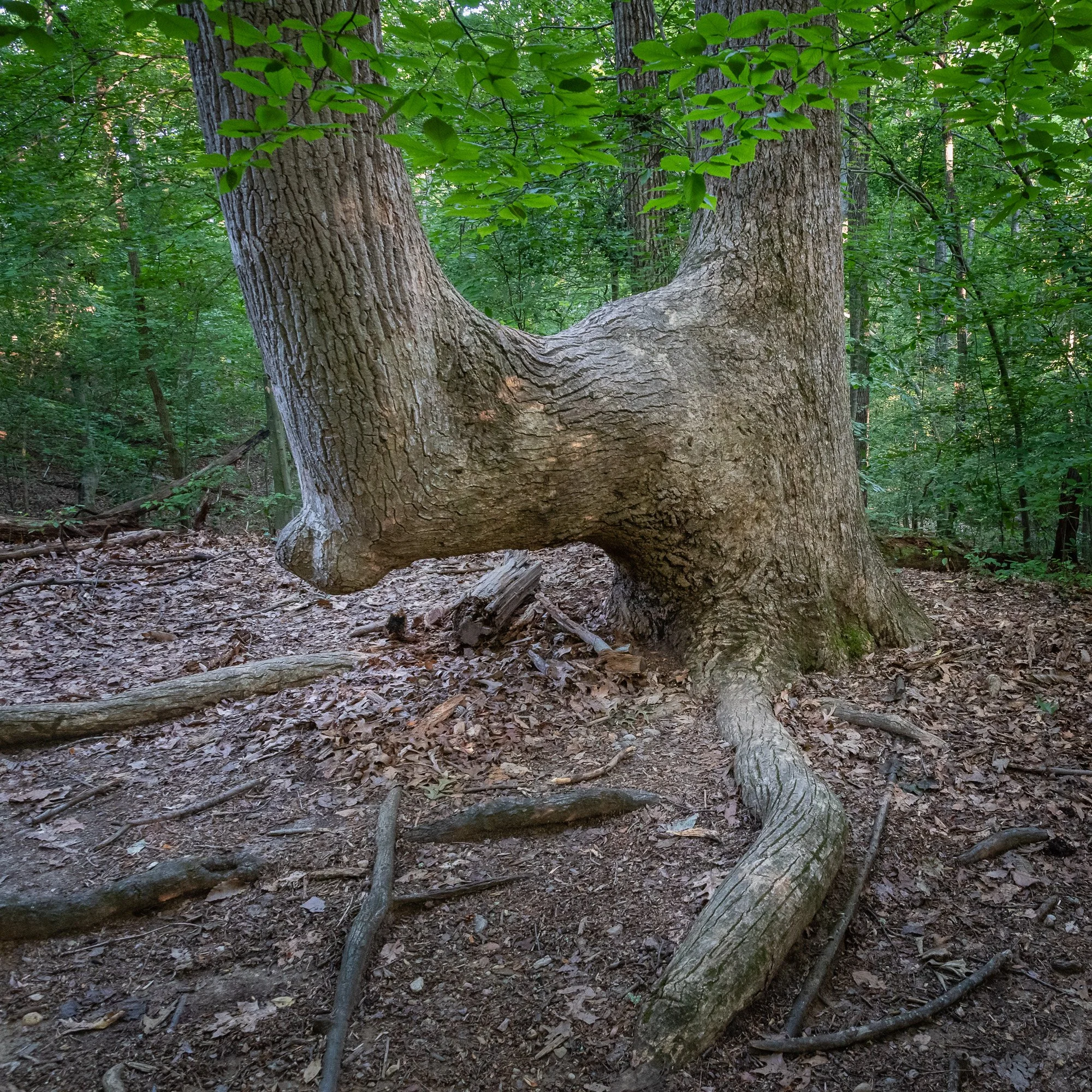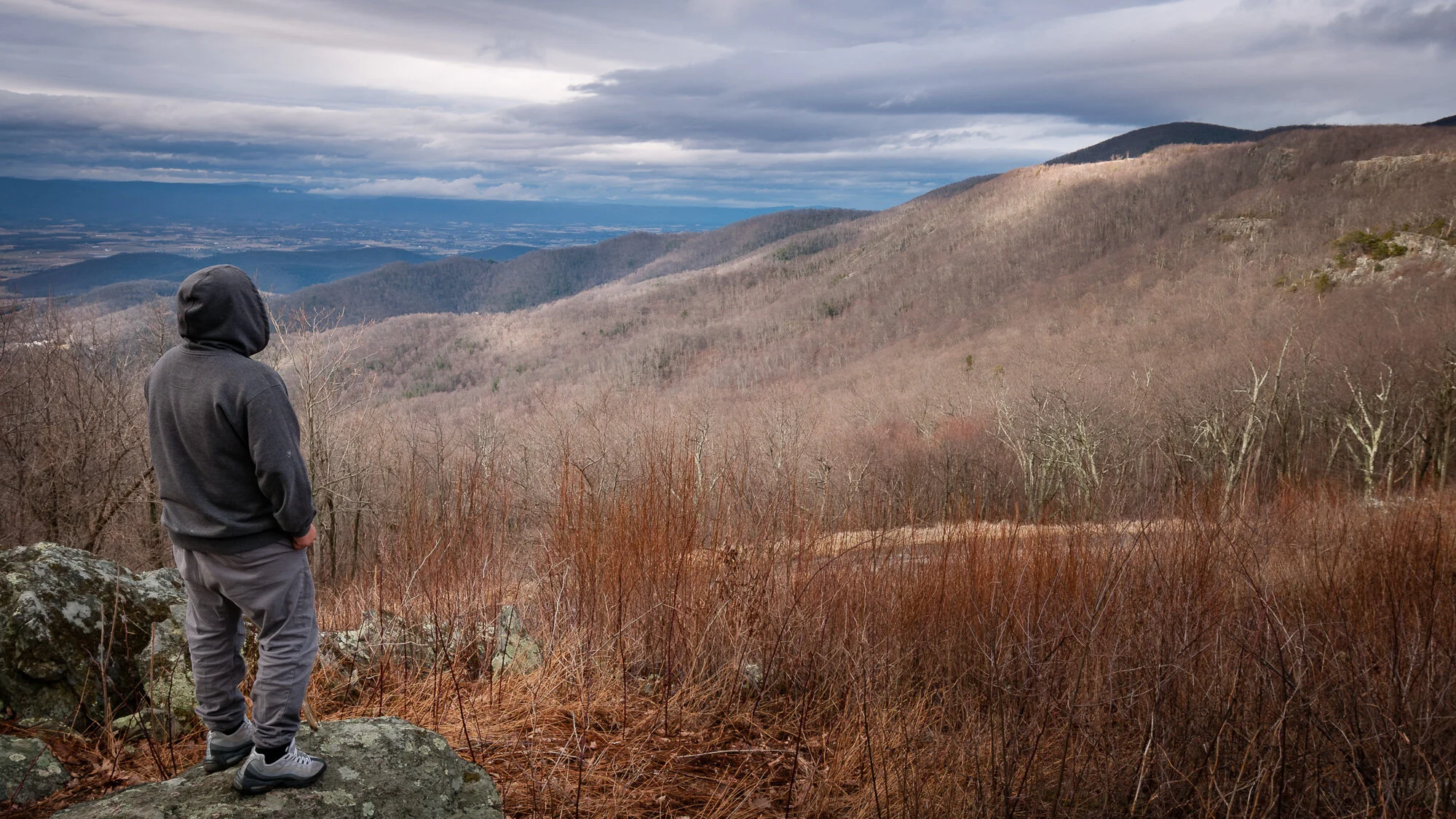A little snow remained at the Colonial Beach Municipal Pier
In mid-January my father and I went for a drive and found ourselves at Colonial Beach in the Northern Neck of Virginia. This is a popular summer destination for some folks but isn’t very popular at all during the colder months of winter, which means I found it far more appealing in winter. Snow had fallen about a week before and though most of that had melted there were still some small amounts on the pier and beach.
Under the gazebo looking out at the pier
Snow and gulls on Colonial Beach pier
Over to the left was what I called cormorant pier for all the cormorants perched along the length
It was a cold day but not frigid. And there were hardly any people about, though we encountered many gulls and cormorants as you can see in the photos. The weather forecast had called for a small chance of rain in some areas of Virginia, and though we didn’t run into any it did result in some nice overcast conditions and clouds with a bit of character. Overall I found it a very calm, quiet and beautiful day and I’m glad we decided to pay the beach a visit.
Colonial Beach Municipal Pier and the Potomac River
A final look at winter at Colonial Beach
Do you enjoy these posts?
Sign up to receive periodic emails with updates and thoughts. Don’t worry, I won’t spam you. And please consider purchasing artwork or products from my online store, and using my affiliate links in the sidebar to the right when shopping online.
I appreciate your support!


